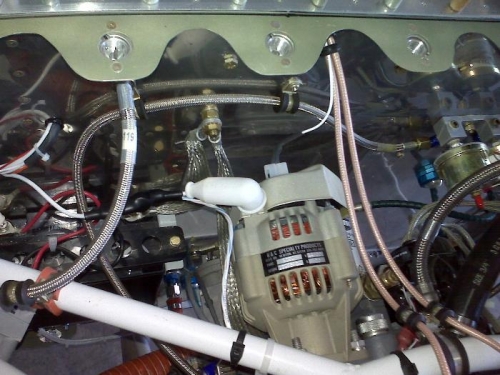Looking at one of these
http://www.plane-power.com/FS1-14B.htm
We have a VFR aeroplane with no high demand electricals.
It would make the install easy.
Anyone any comments ?
Mike
http://www.plane-power.com/FS1-14B.htm
We have a VFR aeroplane with no high demand electricals.
It would make the install easy.
Anyone any comments ?
Mike





